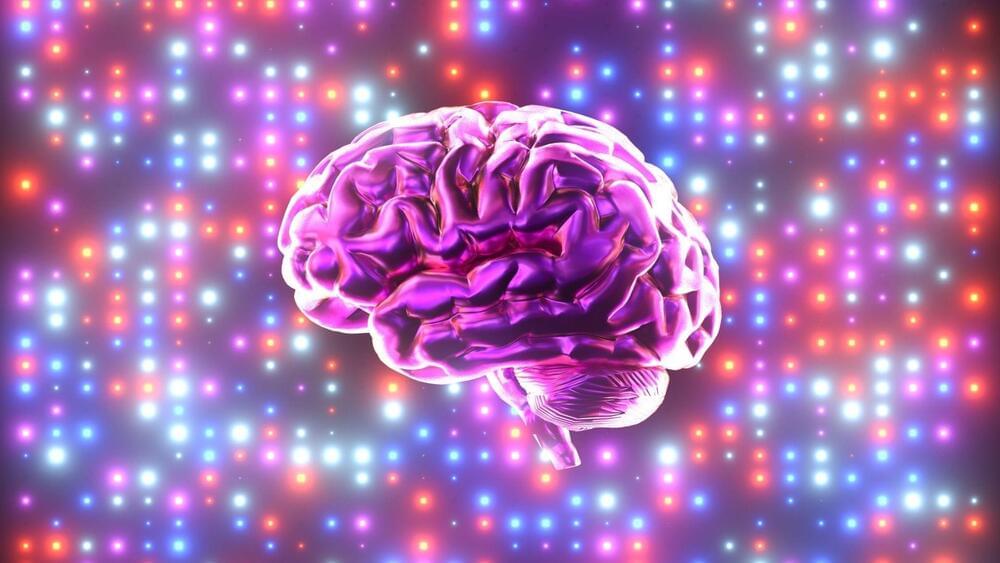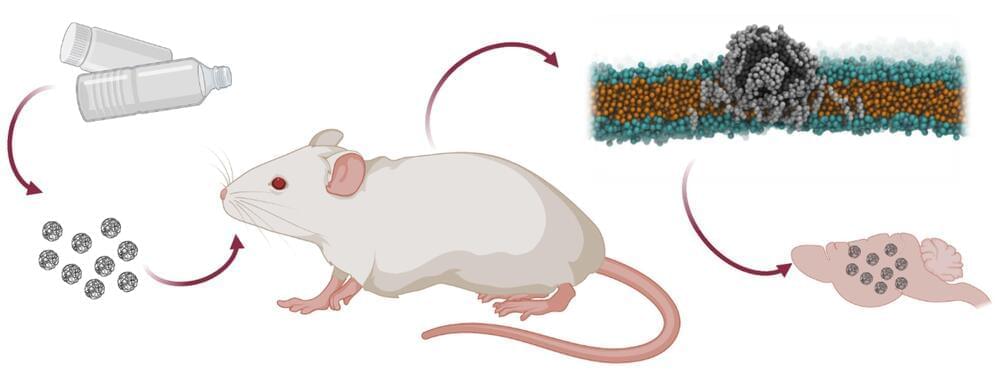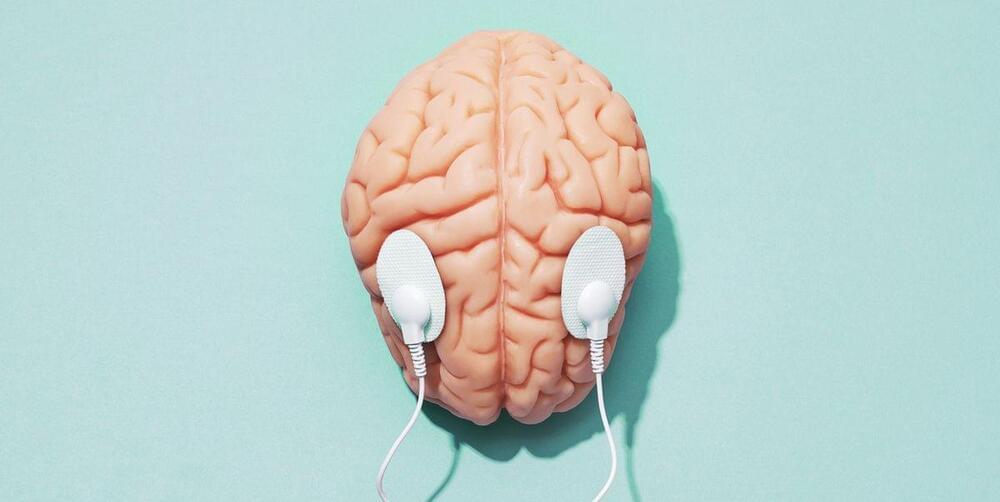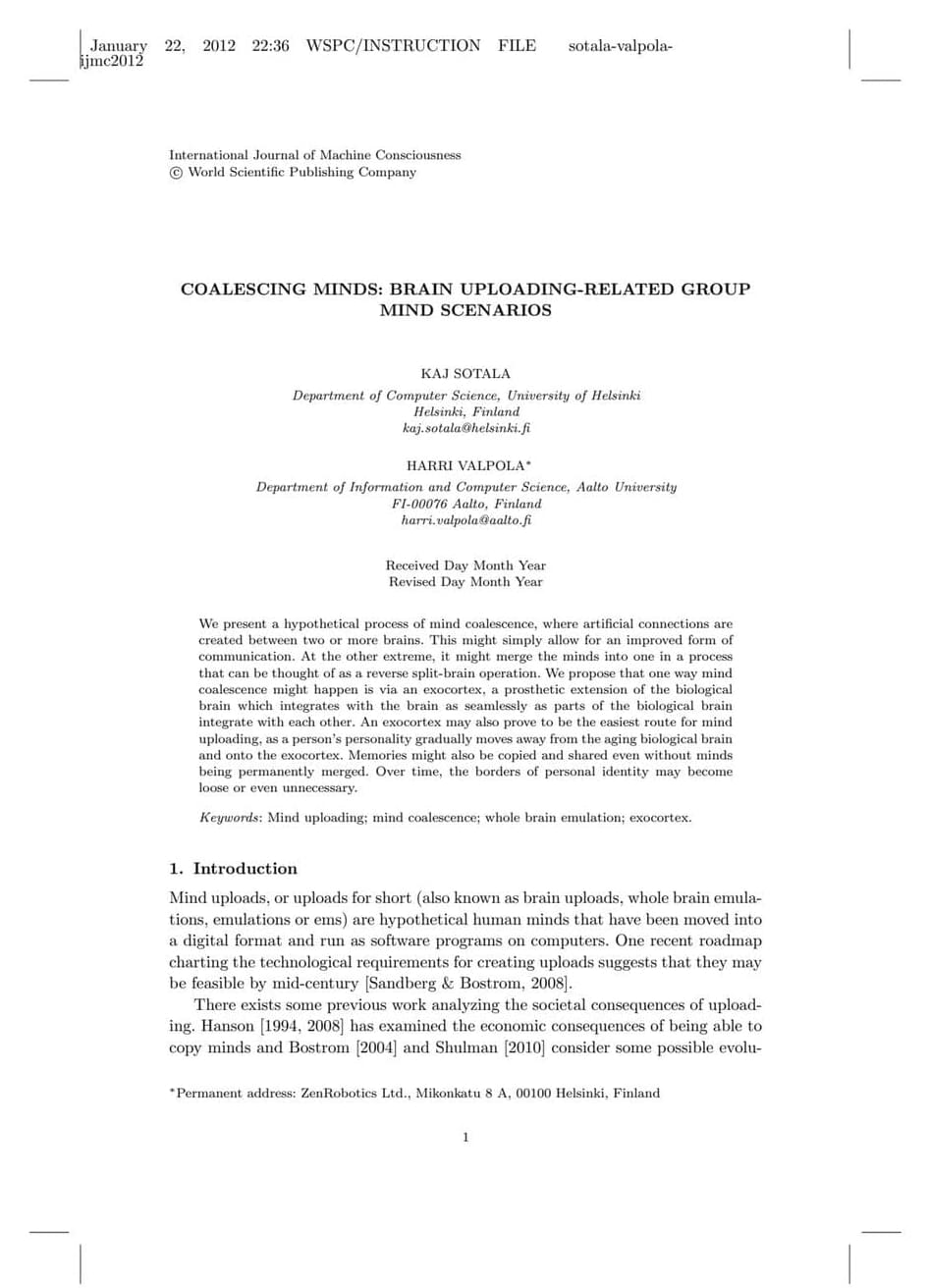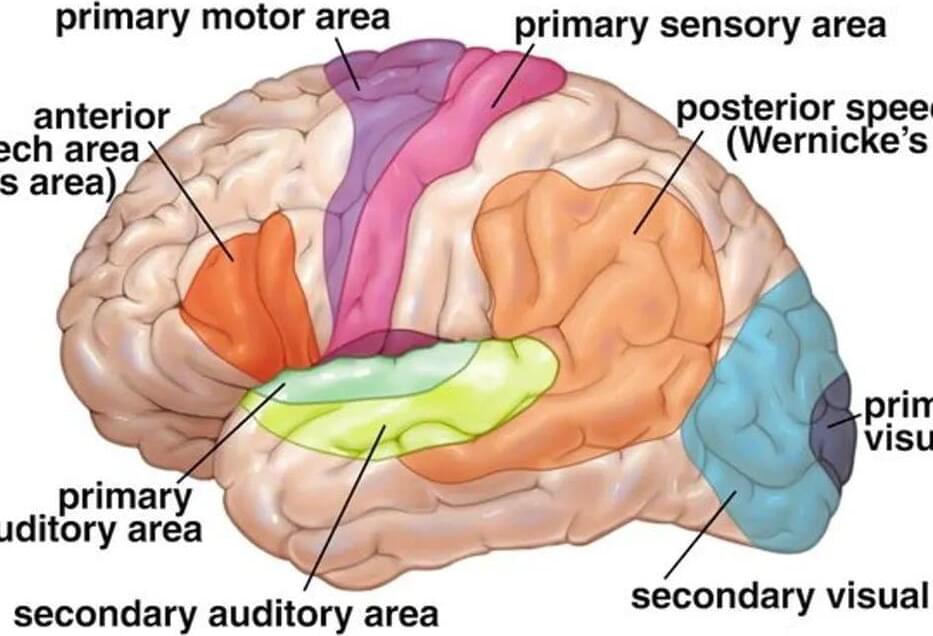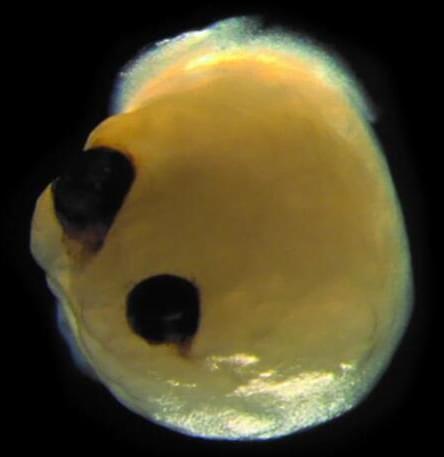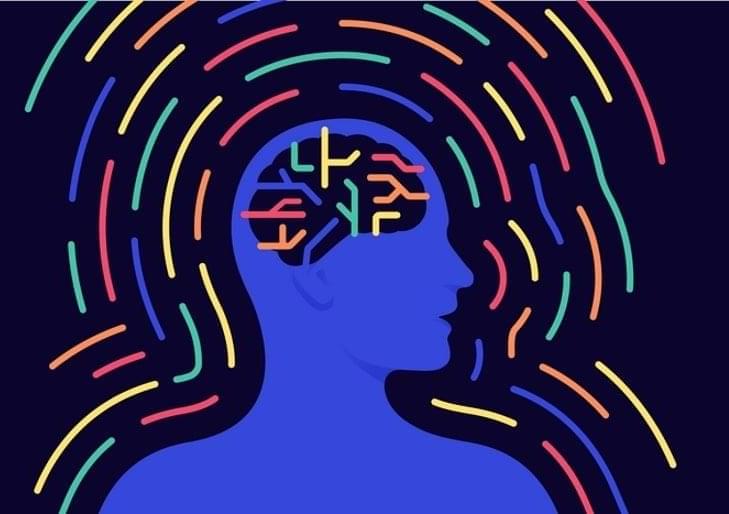The brain’s processing of reading is fascinating.
Reading is a fascinating process that engages many regions of our brain. We all know it’s an essential skill, but did you know that reading is like weightlifting for our minds? The more we read, the stronger our neural connections become, and the better we get at it. But what happens in our brains when we read? Scientists have been trying to answer this question for years, and a new study has finally shed some light on the matter.
A groundbreaking study led by neuroscientist Oscar Woolnough from the University of Texas Health Science Center at Houston shed new light on how our brains process language. According to the research, two distinct brain networks get activated while reading.
